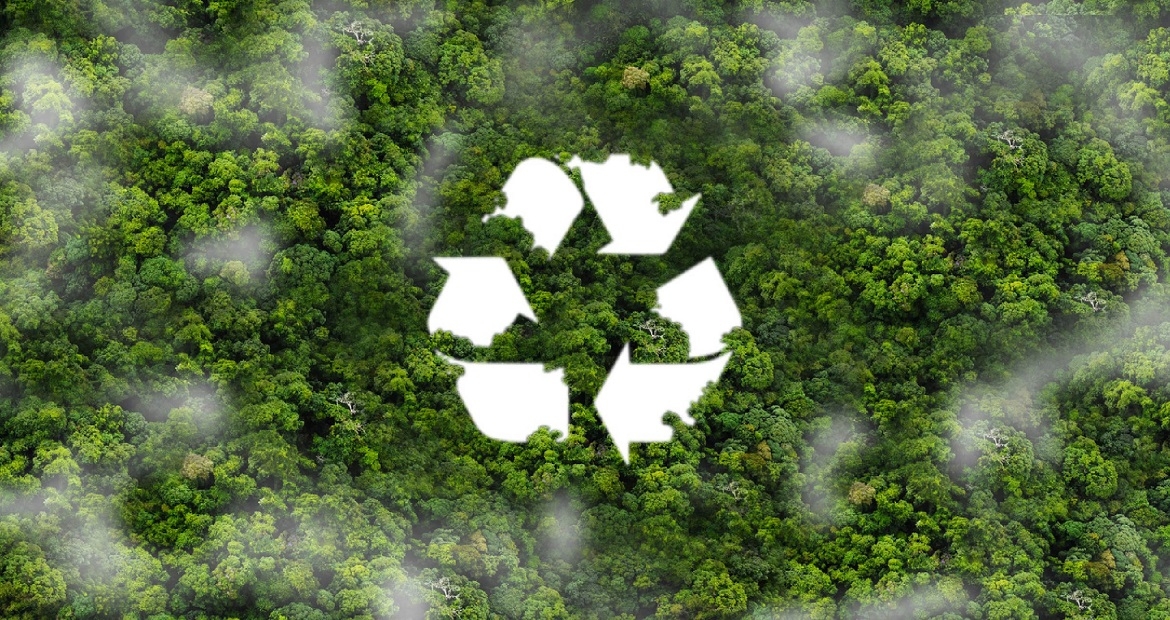Turning landfill waste into energy
By Puneet Singh Jhawar, General Manager – Global Spark Ignited Business

Believe it or not, landfills have a key role to play in the transition to renewable energy. Landfills are no longer just disposal points, but rather, they can be the starting points for new energy sources. This article will take a deeper look into how landfill waste is turned into renewable natural gas, and how landfills are becoming valuable energy resources.
Why and how do landfills play a role in the energy transition?
Proper landfill design and management are essential for safe waste disposal. Well-operated landfills are designed to bury trash with minimal negative impact on people and the environment. Special lining systems prevent contamination of nearby ground and surface water. Gas collection systems control and collect the methane and landfill gas released by decomposing waste. This setup provides a protective layer between the waste and the environment, generating a sustainable and creative use of the waste.
Landfills aren’t all the same – they fall into distinct categories based on the type of trash they collect. For example, municipal solid waste landfills accept mainly household and non-hazardous commercial waste. By contrast, industrial waste landfills only handle industrial plant waste, construction and demolition debris, and site cleanup waste. Bioreactor landfills speed up the biodegradation of organic waste. Lastly, coal combustion residuals and hazardous waste and landfills are strictly regulated due to the nature of the waste they accept.
Beyond simply receiving garbage, landfills have the potential to be used as renewable energy resources. Organic materials that decompose in landfills produce a methane-rich gas called biogas, or landfill gas. Due to its high methane content, it does increase greenhouse gas emissions. This is why in the United States many landfill operators are required to collect biogas before it is emitted into the atmosphere. Some operators simply flare it or burn it off, but increasingly, the captured biogas is used in a productive way. For instance, it can be used on-site in a generator to produce heat and electricity. It can also be refined into almost pure methane and used interchangeably with natural gas.
Obtaining methane in this manner can be nearly carbon-neutral. Under some definitions, it may even carbon-negative. That’s because when it’s not captured and burned, methane is released into the atmosphere in methane form, which has a greater global warming potential than CO2.
Collecting RNG through the “waste to energy” process
"Waste to energy" techniques are designed to solve two problems at the same time—managing waste and generating energy. The traditional waste-to-energy approach consists of burning garbage, making steam with heat, and generating electricity with steam. This has been done at scale for decades.
Collecting methane at landfills is a different way to obtain energy from waste. Landfill methane forms when organic waste such as food scraps and other biodegradable material becomes buried in a landfill and undergoes decomposition in the absence of oxygen. Micro-organisms break down organic matter into simpler molecules such as carbon dioxide, methane and other gases. Methane is produced in the largest quantities. These gases migrate through the landfill’s waste layers. Operators who seek to capture them install collection systems consisting of a network of perforated pipes. The collected biogas is then extracted and treated to remove undesirable components. Biogas that is merely burned on-site for heat can be used after a simple moisture removal treatment. Biogas can also undergo more extensive treatments to obtain nearly pure methane. The result -renewable natural gas, or RNG- can sometimes be injected into the local natural gas network.
Landfill availability
The United States has approximately 2,600 operating MSW landfills according to the U.S. Environmental Protection Agency. Of these, over 530 landfills are currently recovering and using biogas in some way. Another 470 have been identified as potentially well-suited for the adoption of a waste-to-energy solution. This constitutes a large opportunity. Deploying waste-to-energy systems at more landfills would be an excellent way to boost renewable energy production, while also creating jobs and opportunities in less-affluent areas.
Using RNG to power vehicles
When biogas is upgraded to RNG, it can be used as a fuel in any vehicle designed to run on natural gas. Chemically, RNG and natural gas are identical. RNG, however, is not obtained from fossil resources and as a result, its use can be carbon neutral.
Numerous businesses and local governments are running their vehicle fleet on RNG. RNG, for example, is commonly used to fuel garbage trucks, showcasing a circular approach to energy usage where waste is converted into fuel, and then used for waste collection. There are approximately 10,000 garbage trucks running on RNG in the United States.
RNG offers an exciting and viable route toward sustainable transportation and power generation. By tapping into the potential of our landfills and other waste sources, we can not only power our vehicles in an environmentally friendly manner but can also contribute to the broader global effort to mitigate climate change. Cummins’ natural gas engines are designed to efficiently operate on RNG, making them an optimal choice for businesses seeking renewable energy solutions.
Author Profiles

Puneet Singh Jhawar, General Manager – Global Spark Ignited Business
Puneet Singh Jhawar is the General Manager of the global natural gas business for Cummins Inc. In this role, he is responsible for the product vision, financial management and overall performance of the natural gas business. Over his 14-year career at Cummins, Jhawar has cultivated successful relationships with a number of Cummins’ largest customers. Jhawar has extensive global experience, with roles based in the Middle East, India, Europe and the US.
Related Tags